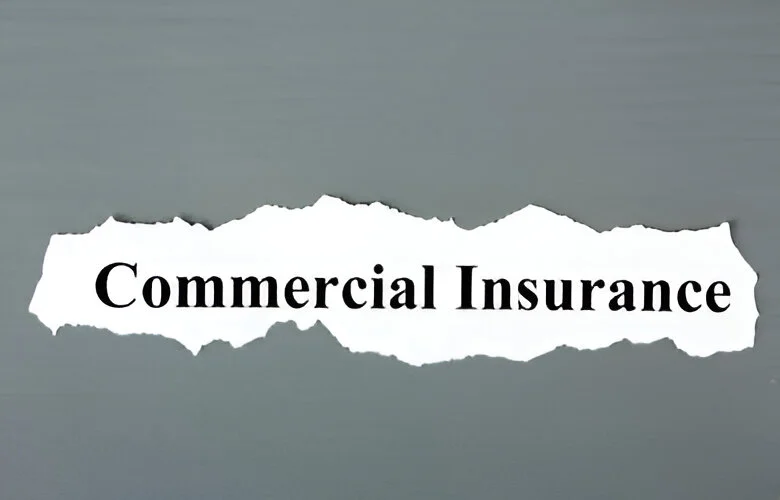Assessing Potential Risks: Identifying the Threats That Affect Your Area
Assessing potential risks is a fundamental step in creating an Emergency Preparedness Plan. Comprehensive risk assessment involves identifying the specific threats that are prevalent in your area. This could range from natural disasters such as hurricanes, earthquakes, and floods, to man-made emergencies like fires or chemical spills. Understanding these risks is critical, as it determines the specific measures you need to include in your plan to ensure the safety of your family and home.
For example, homes in flood-prone areas may require sandbags and water-proofing measures, while those in areas prone to wildfires might need fire-resistant landscaping and an evacuation plan. Thus, by identifying and understanding the threats specific to your location, you can create a tailored plan that effectively mitigates these risks and secures your loved ones against potential disasters.
Building an Emergency Kit: What You Need to Include for Basic Survival
Building an Emergency Kit entails gathering necessary supplies that can support your family's basic needs during a disaster. Here are the essential items your emergency kit should include:
- Water: A minimum of one gallon per person per day for at least three days. This will cover both drinking and sanitation needs.
- Food: At least a three-day supply of non-perishable food items. Make sure to include a manual can opener if your food requires it.
- Medicines: A week’s supply of any prescription medications and basic over-the-counter drugs.
- First Aid Kit: Include adhesive bandages, gauze pads, tweezers, sterile gloves, and antiseptic wipes or lotion.
- Tools and Supplies: Items like a multi-function tool, duct tape, battery-powered or hand-crank radio, flashlights, extra batteries, and a whistle to signal for help.
- Personal Hygiene Items: Include soap, toothpaste, sanitary wipes, and toilet paper.
- Important Documents: Copies of insurance policies, identification, and bank account records saved electronically or in a waterproof container.
- Cash: An emergency stash of cash can be invaluable, especially if ATMs and credit card machines are not working.
- Emergency Blankets: Thermal blankets can help preserve body heat in cold weather.
- Special Items: For infants, elderly, disabled family members, or pets, consider their specific needs such as baby formula, pet food, or extra batteries for hearing aids.
Remember, the key is to customize your kit based on the specific needs of your family, including children, elderly, and pets.
If you're overwhelmed or unsure about how to develop your Emergency Preparedness Plan, don't hesitate to contact us at Reith & Associates. With our expertise in risk management, we can provide personalized guidance to help you establish a comprehensive and effective plan that safeguards your home and family. Secure your peace of mind today by reaching out to us. We're here to ensure your readiness for any unexpected disaster. Contact us now and take the first step towards better preparedness.






.png)





.jpg)
.jpg)

.jpg)




.png)
.png)








.png)







